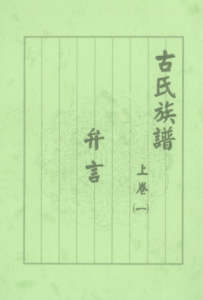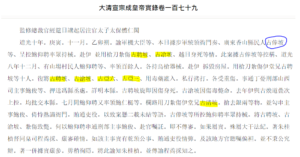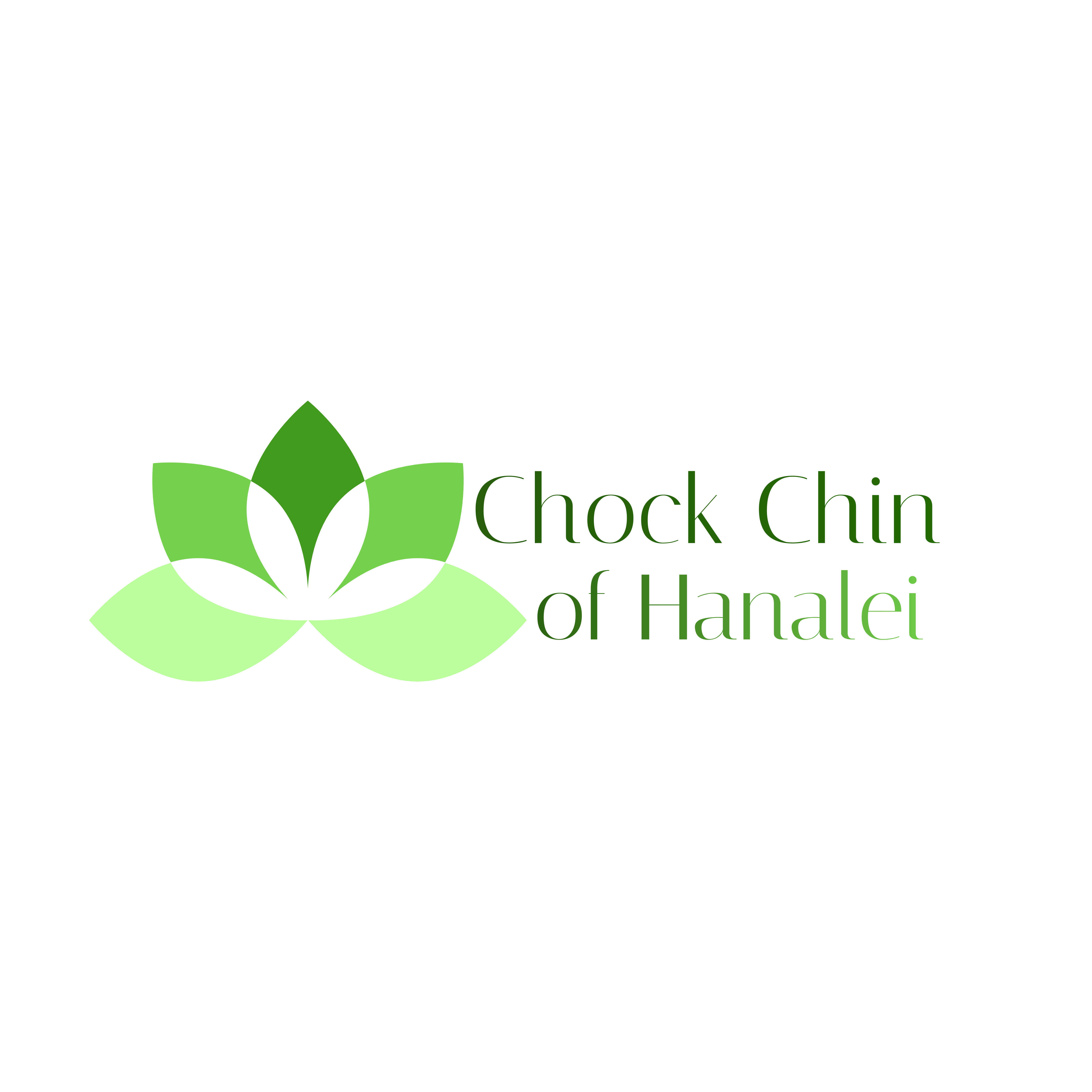Shenqian Gu Zupu
- Gu Zupu vol-1-in Shenqian-Zhuhai and Wuguishan
- Gu Zupu vol-2-in Shenqian-Zhuhai and Wuguishan
- Gu Zupu vol-3-in Shenqian-Zhuhai and Wuguishan
- Gu Zupu vol-4-in Shenqian-Zhuhai and Wuguishan
About the Shenqian Gu Zupu
by Louise Skyles

Shenqian Gu Zupu Vol. 1
The Shenqian Gu Zupu was published in 1926 and later edited in 1949. There are four volumes of Gu Zupu of Shenqian. The first volume includes prefects and pedigree charts. The second volume contains biographies. The third and fourth volumes contain genealogical details about the specific people in the pedigree including names, birth and death information, occasional life sketches, etc.
There are thirty generations documented in this four-volume zupu. The first ancestor was Gu/Goo Yun Ying 古雲應, who was born in 784 AD (Tang Dynasty) and was the common ancestor of the Guangdong Gu/Goo Clan.
The tenth ancestor Gu Feng Yi had three sons, and all three of them passed the government exams and held high official positions. This Gu clan stayed in Mei County until the 22nd ancestor Gu Qi Lu 古其祿 and the 23rd ancestor Gu Nan Xiu古南秀 decided to have a new adventure and moved to Mabianpu 馬鞭埔 (now known as Wuguishan五桂山), Xiangshan香山 County (also known as Zhongshan中山, now Zhuhai珠海). Gu Qi Lu and nephew Gu Nan Xiu started a new Gu branch in Xiangshan. Eventually some of their descendants stayed in the Wuguishan area, and some of them moved to Shenqian Village.

Documentation of crimes against Gu by Bao clan – Qing Historical Archive
In 1828, great trouble fell on the Gu Clan in Shenqian Village when a group of Gu Clan members was victimized by the Bao Clan. The story was recorded in the Qing Dynasty Historical Archive. The Emperor Daoguang ordered an investigation and helped the Gu victims to rest in peace.
This document from the Qing Historical Archive states that Gu clan members were murdered by the Bao clan members, and the investigation was ordered by the Daoguang Emperor. The yellow highlighted names were some of the victims. The name circled in blue was the plaintiff: Gu Feng Po, which was the name Mr. Luo searched for, and found, where Louise had entered it on my tree in FamilySearch.
The Zhuhai Museum wanted to explain this story but needed more information that should have been covered in the clan’s zupu. However, it was nowhere to be found among the Gu clan in China. (During the Cultural Revolution in the 1960s, many jiapus and zupus were burned and clan temples were destroyed. As a result, these records have had to be recreated with extreme difficulty, by piecing together bits and pieces that were smuggled out of China, or by locating copies of the jiapus that had been sent abroad with emigrating sons. This was the case with Chock Chin’s abridged edition of the Guan Tang Zhuo jiapu, as well as with this one.)
While researching the case, Zhuhai Museum curator Mr. Luo was able to find the owner of this long-lost zupu. Mr. Luo met a Mr. Gu who was the direct descendant of the Shenqian Village Gu clan. He introduced Mr. Luo to a second Mr. Gu who was a descendant of Peru’s Gu clan who had recently moved back to Shenqian from Peru. Mr. Gu of Peru had a copy of the Shenqian Gu Zupu, which he with him from Peru when he moved back to Shenqian. This was a stroke of good luck that enabled Mr. Luo to obtain this important missing record that provides so much vital historical information about the Gu Clan in Guangdong.
